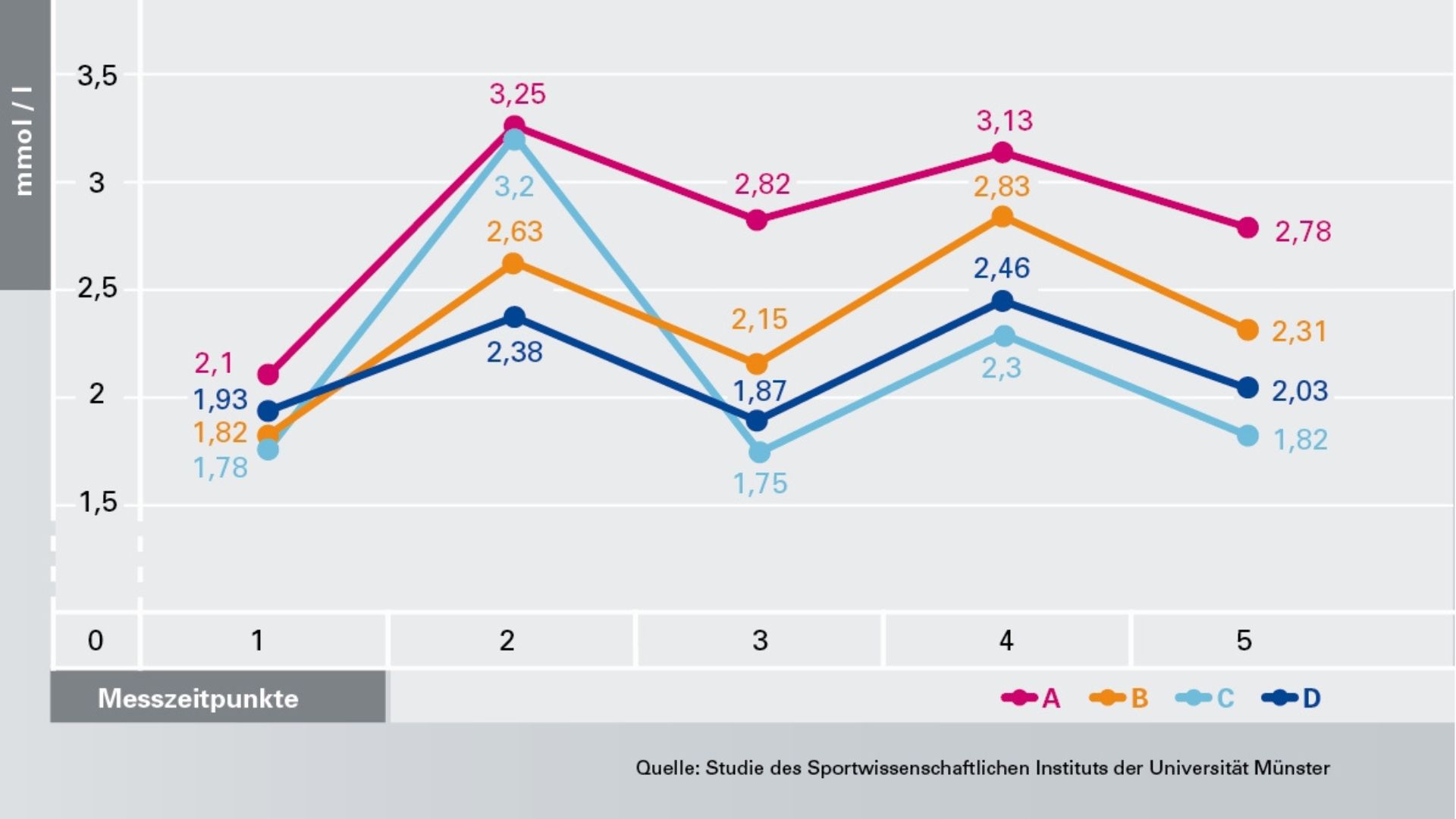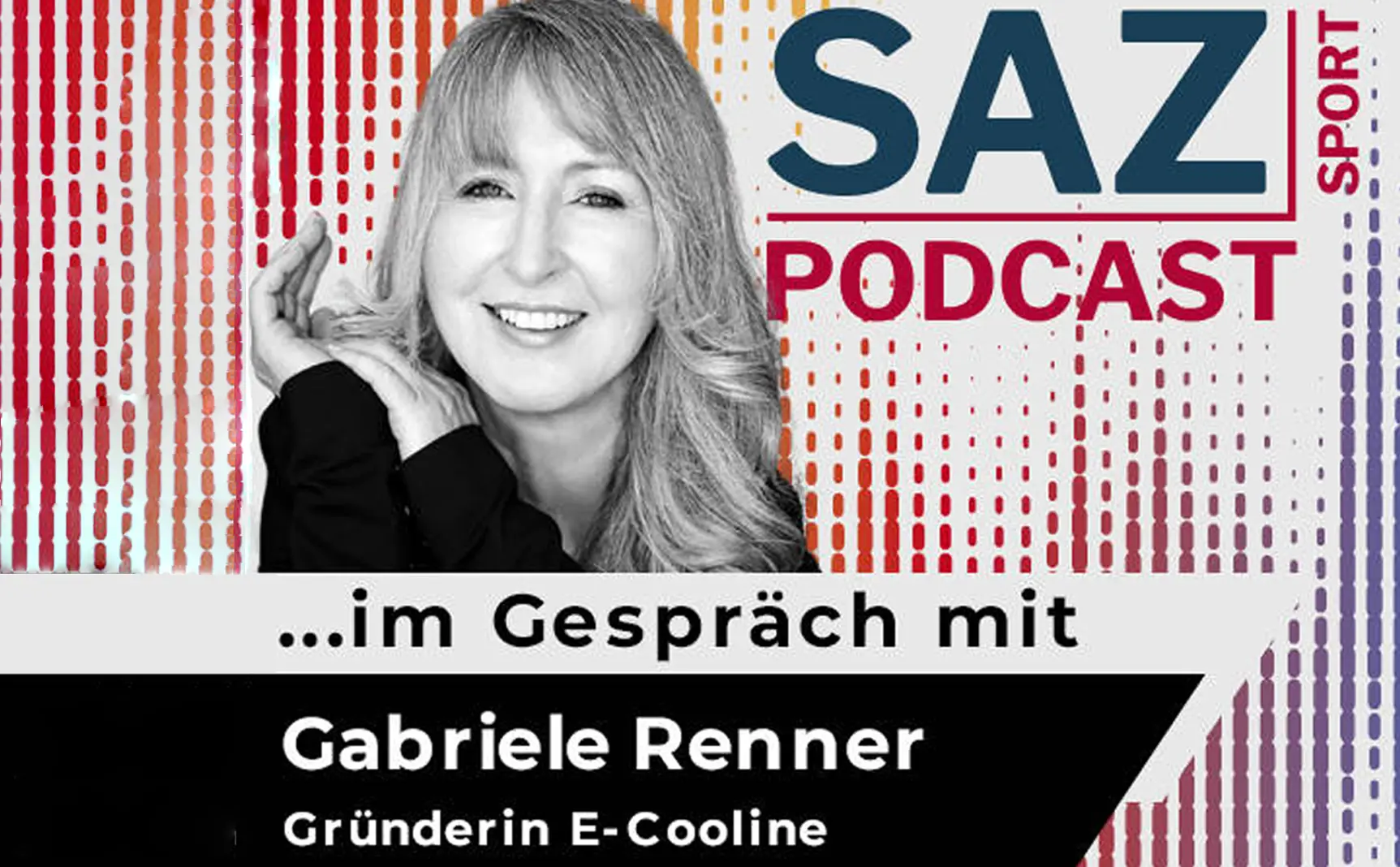Temperature is an important and performance-determining component in sport because all human performance depends on temperature. The extent to which cooling can increase performance has been proven in numerous studies by sports scientists Professor Winfried Joch and Prof. Sandra Ückert and many other scientists worldwide. The results are impressive. E.COOLINE asked the two about the methodology and the study results.
In the interview we wanted to know: What is behind the science of cooling in sport?
E.COOLINE: Professor Joch, how long have you been working on the topic of cooling in sport?
Professor Joch: 18 years ago (1998) I started to investigate the connection between thermoregulation and the influence of heat and cold on athletic performance. At that time there were hardly any studies on this. That has changed in the meantime.
E.COOLINE: What is the current state of science?
Professor Ückert: Competitive sport is increasingly taking place at the limits of human performance. That’s why it’s important to know: Temperature and energy balance belong together. Temperature is an important and performance-determining component in sport because all human performance depends on temperature. It was therefore predictable that the studies on the topic of temperature and performance almost exclusively concluded that athletic results were better at lower temperatures or with cooling.
E.COOLINE: How do these results fit with the usual warm-up in sports? You sometimes get the feeling that some athletes are already so sweaty after warming up, as if they had already done the athletic performance.
Professor Joch: You are right about that. Fortunately, this is changing at the moment – however, this paradigm shift in the preparation for athletic stress is a slow process: people don’t like to part with old habits, even if they are ineffective. Preparations with the aim of optimising athletic performance should be associated with little heat build-up and low fatigue. The “classic” and “traditional” warm-up programmes do not meet these requirements.
E.COOLINE: Isn’t there then a risk of injury without warming up?
Professor Joch: This former doctrine that muscle injuries, muscle strains, etc. occur without warming up has not been scientifically proven in humans. Muscle injuries are mainly caused by fatigue or micro-injuries.
Professor Ückert: Heat production through physical work takes place in the muscles and only then spreads through the body via the bloodstream. The muscle is therefore the first part of the body to be affected by heat production in the context of muscular work. The temperature in the muscle is therefore always higher than the core body temperature. The muscles are therefore always “at operating temperature” under “working conditions in sport in warm-blooded/homoiothermic creatures such as humans. They are the main heat supplier for the whole body – under muscular work to about 60% of the total body heat. So it is never a question of generating muscular heat, but – exactly the opposite – of releasing the excess heat produced in order to avoid a heat surplus.
E.COOLINE: So warming up without sweating?
Professor Joch: Exactly!
E.COOLINE: WWhat about athletic exertion as a whole? Is sweating counterproductive here too? Is sweating counterproductive here too?
Professor Ückert: A large part of the energy converted in the metabolism is lost in the form of heat. To get rid of this heat, the body needs additional energy. Energy that is actually urgently needed for athletic performance. It is therefore only logical that studies have found that cooling increases performance by up to 10%. In most cases, this was realised through precooling – i.e. cooling before sport – as until recently there were no cooling options available that could also be used during sport.
E.COOLINE: There is a solution for that now.
Professor Joch: That’s right, E.COOLINE- cooling functional clothing with COOLINE SX3 technology. With this technology we were able to prove that performance at 30°C ambient temperature was improved by up to 10%, although somewhat less for top athletes. In addition, we have shown that cooling in the break between athletic exertion also has a regenerative effect and is therefore very useful in the application.
BOOK TIP:
Temperature and athletic performance, Sandra Ückert, Meyer&Meyer Verlag
















